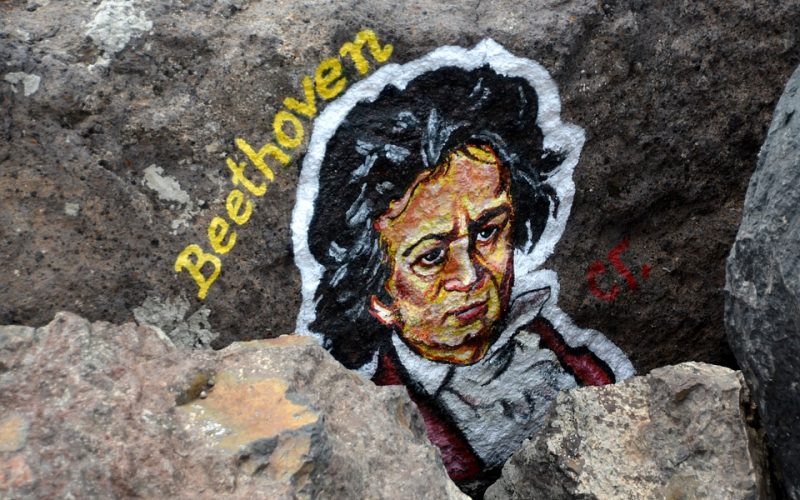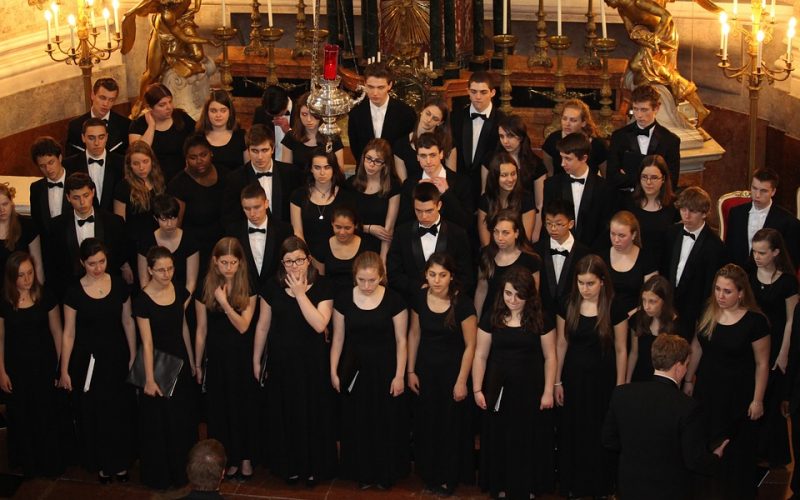Transported Musical Traditions
As the Roman Catholic Church spread throughout the world, their missionaries ordained local priests to minister to their own congregations and moved on. The church’s system was designed to bring the word of God to as many people as possible, but it also had the effect of bringing new cultural elements into the church. In Europe alone, the church encompassed many different societies, and these included Italians, the Spanish, German, French and English. All of these countries may seem homogenous, but they had their own musical traditions that were added to the church’s repertoire. The church did not particularly encourage people to share these types of traditions, but they eventually made their way across the continent in many of the Protestant churches.
When the church sent missionaries to Africa, Australia and Asia, the effects were much more subtle and restricted to the local populations for many years. Local congregations incorporated their own music into worship services, but it did not spread back to the European Catholic churches. It might
Colonization of the Americas was part of the reason for the spread of different types of religious music, and Protestantism is part of the reason it was able to be spread. Slaves imported from Africa were converted to Christianity in many areas, but they retained and adapted their music in their new setting. Most of these churches were in the southern half of the country, and the Roman Catholic Church held little sway in that area. Many of the churches were Baptist, and it was those religious practices that were adopted.
Gospel music is one of the more notable types of music that have been incorporated into many of today’s Christian churches, and it has an interesting history. Originally part of the music of the slaves, it was unacceptable music only in their churches. In modern times, gospel music has become part of the traditional religious music for people of any color within the Christian community.



